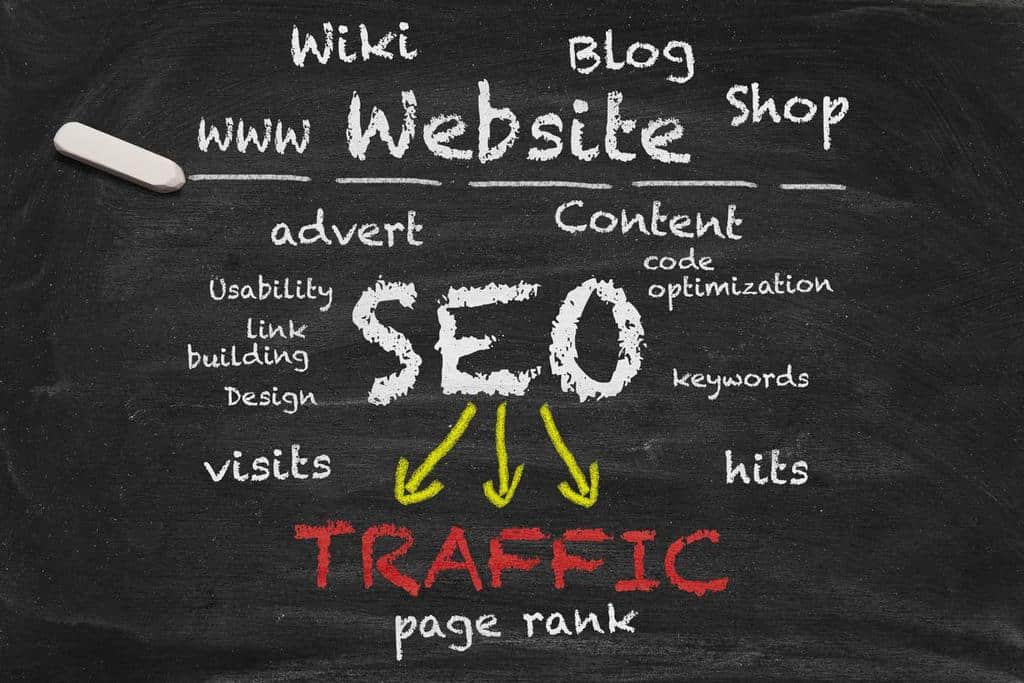Today’s crisis has created a devastating effect on millions of people and thousands of businesses all over the world. I’m not sure about how long it will be for or how many more will be affected, but as the stock market is crashing and many more consequences, it implies that every one of us will be affected in a way.
For businesses, what are the ways to keep them alive during these tough times? It’s time to invest more in your website, specifically your blog content to ensure that you have a way to communicate with prospective and existing consumers and partners. And to gain more prospects will need to focus more on its SEO to get even more traffic on search engines.
If you’re wondering how to start, read on as I show you a guide on how to optimize your blog for SEO.
Optimizing Your Blog for SEO
Even the Best SEO Sydney Company will need to follow proper tips and methods to optimize blogs! These are just FOUR simple yet detailed steps you should follow for a better and more optimized blog:
1. Fix Your Blog’s Technical Issues
This is the first step you must follow, and if you could only do one thing, it’s to undergo onsite optimization. Onsite optimization refers to fixing your website’s technical issues to make it crawlable for search engines. If your website can’t be crawled, then you won’t catch both readers’ and search engine bots’ attention.
The first step is to check the “health” of your website based on a technical perspective. There are tools that can help assess the issues and what to improve on. You’ll have to dig through any minor or major problems your website has, fixing all the critical ones.
Begin the website audit with these crucial points:
- Check resources that are restricted from indexing, as people won’t see these pages in their search results
- Fix any bad redirects or broken links, which search engine bots won’t favor.
- Optimize your blog for faster and better load speed. You can do so by clearing caches, removing unnecessary widgets, and compressing any large media, improving server response time, optimizing CSS delivery, and many more.
- Check any structure-related issues on the blog, making sure that the website is navigable. Analyze the click depth, check your internal links, and make sure that the important pages aren’t over two clicks from your blog homepage.
- Make your website and blogs mobile-friendly, ensuring that the blog is responsive to various devices and screen sizes. This will also affect your user experience and search rankings!
2. Gather Ideas and Do Keyword Research
Once you have a crawlable site that users can access easily with satisfaction, it’s time to look into the more entertaining aspect of blog optimization: Keyword research and planning content!
Before you start writing, follow these steps to come up with a good idea:
- Determine your goal and target audience for the blog post. Ask yourself: What do you want to get out of the blog post and who do you want to read it?
- Find about five related key phrases with similar search intent. You can do so by writing a seed list of terms, then extend and refine this list with keyword research tools and competitive search
- Now that you have a list of keyword ideas, look into the keyword metrics, selecting queries with the best potential. Focus on the keywords’ search volume, competition, and keyword difficulty
- Analyze the search intent as you select keywords, as you want to focus on the searcher’s intent. Look into these three categories of search intent: Navigational, informational (how-to guides, instructions, infographics, etc), and transactional (selling products or services)
3. Create and Optimize Content
Once you know who you’re targeting and the questions to answer, the next step is to write the post! Follow these steps as you write your blog content:
Identify your readers’ needs and solutions, choosing any of the three main categories of blog posts. You either answer a question, a guide or how-to, or a checklist.
Research your competitors’ pages and see which drive the most traffic. You can use competitive analysis tools for a quick overview of it.
Plan out the different types of content you want to add for your blog. Consider adding media such as videos and images, polls and infographics, or links and infographics. Don’t just make your content a wall of boring text!
Also, be sure your post is readable and scannable, with readers able to easily look into the main information of the blog. Afterward, utilize rich snippets and schema markup. Then lastly, proofread, and edit your post to lessen the risk of grammatical errors that put readers off.
Besides writing content, you can also repurpose and optimize old ones to make it relevant and interesting to today’s trends and happenings.
4. Plan Your Outreach and Build Links
Did you know that the tougher step happens AFTER you publish your blog post? It’s because you’ll need to share your post and have your target audience learn all about what you just wrote! Here are tips for a successful blog outreach:
- Make sure that it’s easy for readers to share your post with easy-to-see buttons made for popular channels
- Share your posts on social media and other bookmarking sites, such as Facebook, Twitter, Instagram, YouTube, Reddit, Digg, and Pinterest.
- Place links of older posts on your new blog so interested readers will want to look back at your previous content.
- Reach out to influencers who work with your industry to see if they can share or talk about your content. Politely contact them via email or other acceptable social media platforms.
Wrapping It Up
I hope that this article on how to optimize your blog for SEO helped you out. So don’t wait any longer and begin following these tips now.
Do you have any questions or want to share your own methods in optimizing blogs for SEO? Share them in the comments section below, all your thoughts are much appreciated!


